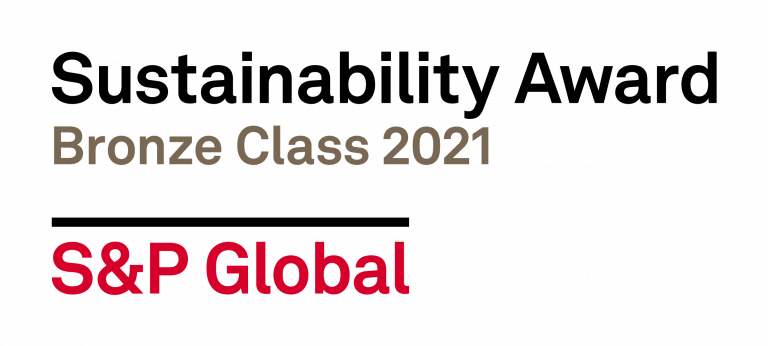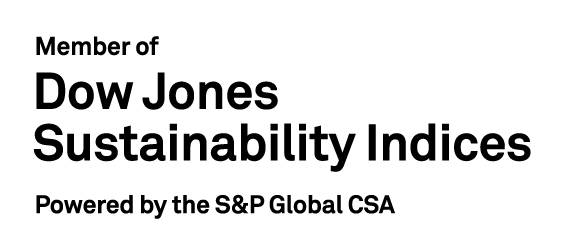Good Corporate Governance is framed in ethical, transparent, trustworthy and respectful relationships, which translate into profitable economic performance and mutual growth with all our Stakeholders.
Integrated Report 2020 / This is how we lead
This chapter covers the topics:
Corporate Governance
Ethics and transparency
Regulation
Economic growth
Sustainable supply chain
Maintaining high standards of Corporate Governance is a priority to be a transparent company and generate trust in all our Stakeholders. In 2020, we continued to strengthen our Corporate- Governance scheme, which allows mitigating reputational risks and facilitates access to new businesses, markets and clients: we updated the Good Governance Code, the Related-Party Transactions Policy, and that of the relationship with related parties, as well as the guidelines for participation in Boards of Directors.
Being honest, ethical and transparent, we continued to generate the best alliances of mutual trust with our clients, suppliers, communities and other Stakeholders. These principles are embedded in the way we do things through specific guidelines, systems and procedures.
In 2020, we continued with the Committed Campaign, promoted by our Grupo Argos Holding Company, which includes the course of conduct for all our employees, to strengthen the foundations of ethics, transparency and respect.
We defined 100% of the action plans and controls against the most-relevant risks in terms of compliance.
Our financial management allowed us to maintain a long-term vision and align the Organization’s actions to guarantee the creation of value for our Shareholders and other Stakeholders.
In 2020, we achieved consolidated
income for COP
The EBITDA was COP
Noteworthy is the issuance of bonds in the stock market for COP 200 billion, with a demand that exceeded more than 3.6 times the amount offered. For the first time, the Colombian Stock Exchange carried out an issuance of this type 100% virtually.
Finally, we seek to grow hand in hand with our suppliers and contractors, who we consider strategic allied. Supply-chain management allows us to mitigate risks, maximize opportunities and strengthen production chains, thanks to our efforts and proximity to this Stakeholder.

We achieved a positive result of 93.3% in the Supplier Satisfaction Survey.
How did we respond to COVID-19?
In the context of the situation generated by COVID-19, we carried out strong regulatory management together with authorities and guilds, ensuring the continuity of service provision, providing support and flexibility in the payment of the service for our clients and reconnection of service to all of them. We promoted Government-support mechanism to finance and pay pending subsidies, which would allow financial sustainability for companies and, thus, avoid a chain effect in the activities of the service-provision process.
In this emergency, we also had to act decisively to protect our supply chain. We formulated a financial-aid plan for 350 Colombian companies considered strategic, to preserve their operation and the employment they generate. Within the framework of the new normal, we virtualized visits, talks and development programs with our suppliers.




For a better experience on our Website, we recommend using the
Chrome or higher, Firefox or higher or Mozilla or higher browsers.
_________________________________
Copyright © 2021 Grupo Celsia. All rights reserved. Medellín, Colombia.
Design, journalistic editing, Development and assembly: Taller de Edición.